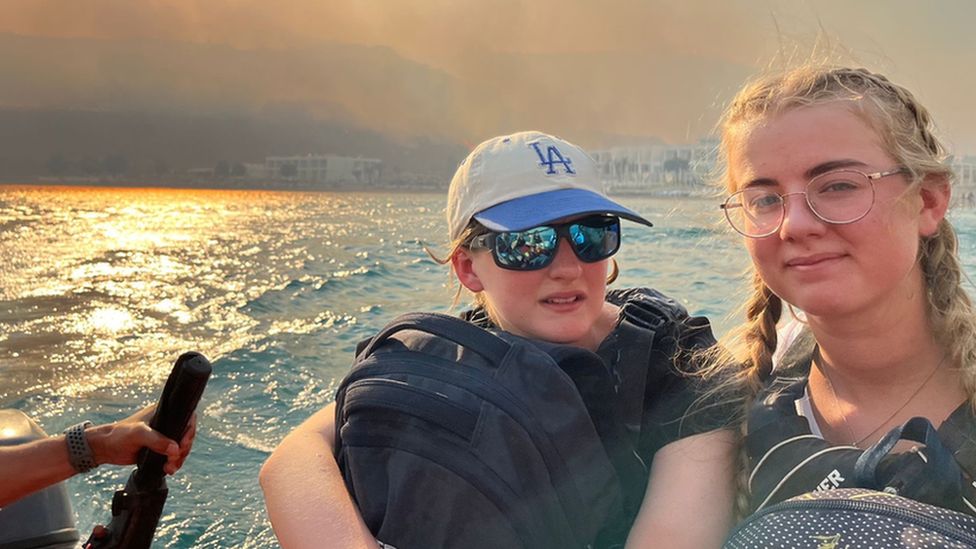What was once the scene of a brutal war between the two Koreas is now an unexpected wildlife sanctuary.
The DMZ, or demilitarized zone, of the peninsula is home to expansive plains, lush vegetation, and rare species of plants and animals.
For the first time, Google Street View has been made available to provide 360-degree views of the surroundings of the civilian control line, the buffer zone outside the DMZ where civilian activities are restricted.
These images are a part of a Google project commemorating seventy years since the armistice of 1953, which saw the withdrawal of North and South Korea from the demilitarized zone. It was started in association with nine cultural institutions in South Korea.

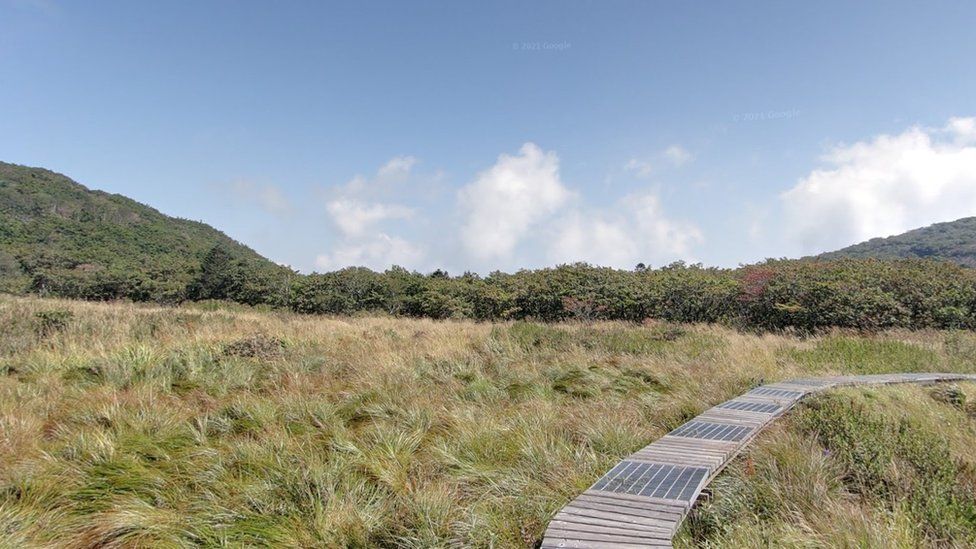
After the military demarcation line was drawn on July 27, 1953, free travel between the two Koreas was no longer possible. The DMZ runs through the center of the Korean Peninsula, measuring a total of 4 km (2 mi) wide and being separated from the north and south by about 2 km (1 mi). At 907 sq km (305 sq mi), the DMZ is nearly twice the size of New York City and about 1 point 5 times the size of Seoul.
Beyond the civilian control line locations are not accessible to lone travelers, but authorized tour operators can take you there. Additionally, South Korea opened nearby hiking trails.

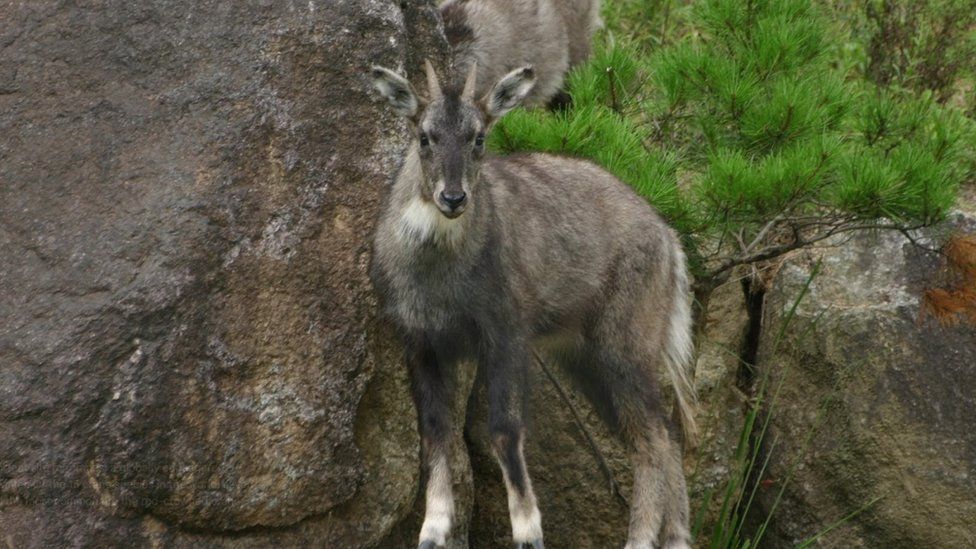
The DMZ is now home to nearly 6,200 wildlife species, according to South Korea's National Institute of Ecology. Particularly, the zone is home to 38% of the Korean peninsula's endangered species. These include, among others, mountain goats, musk deer, and golden eagles. Unmanned cameras' images give these species' futures some ray of hope.
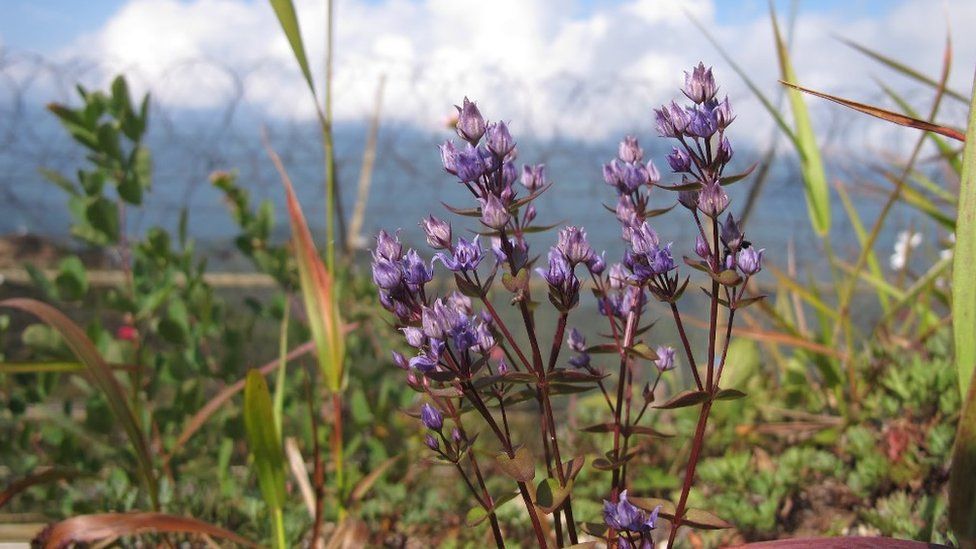
Surveys along the barbed-wire fencing surrounding the zone have been carried out for years by researchers at the DMZ Botanic Garden. According to reports, the DMZ is home to hundreds of plant species that are unique to the Korean peninsula.
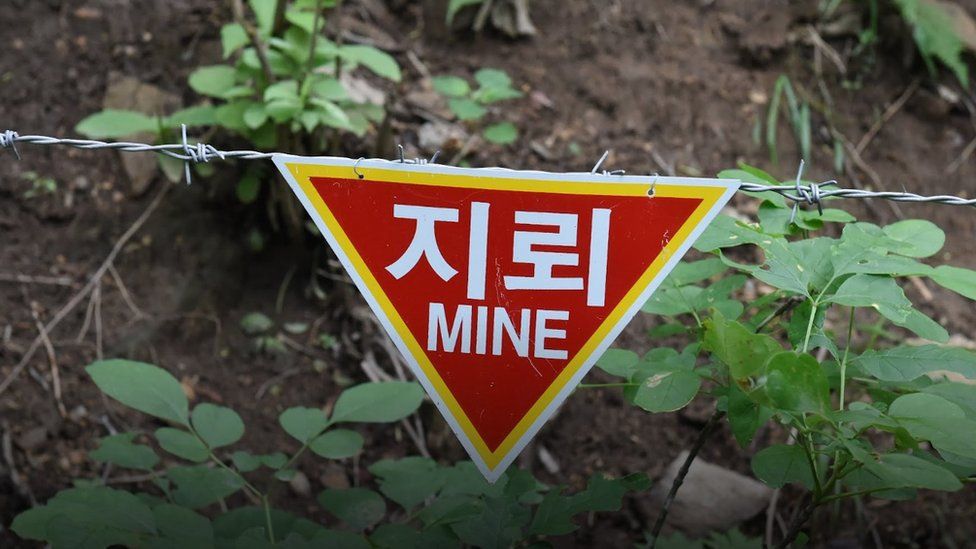
Despite the vibrant display of life, the DMZ still bears the scars of suffering and bloodshed, including barbed-wire fences, signs warning of landmines, and the wreckage of destroyed homes.
After all, the two Koreas remain divided today despite the fact that the war has not officially ended.







